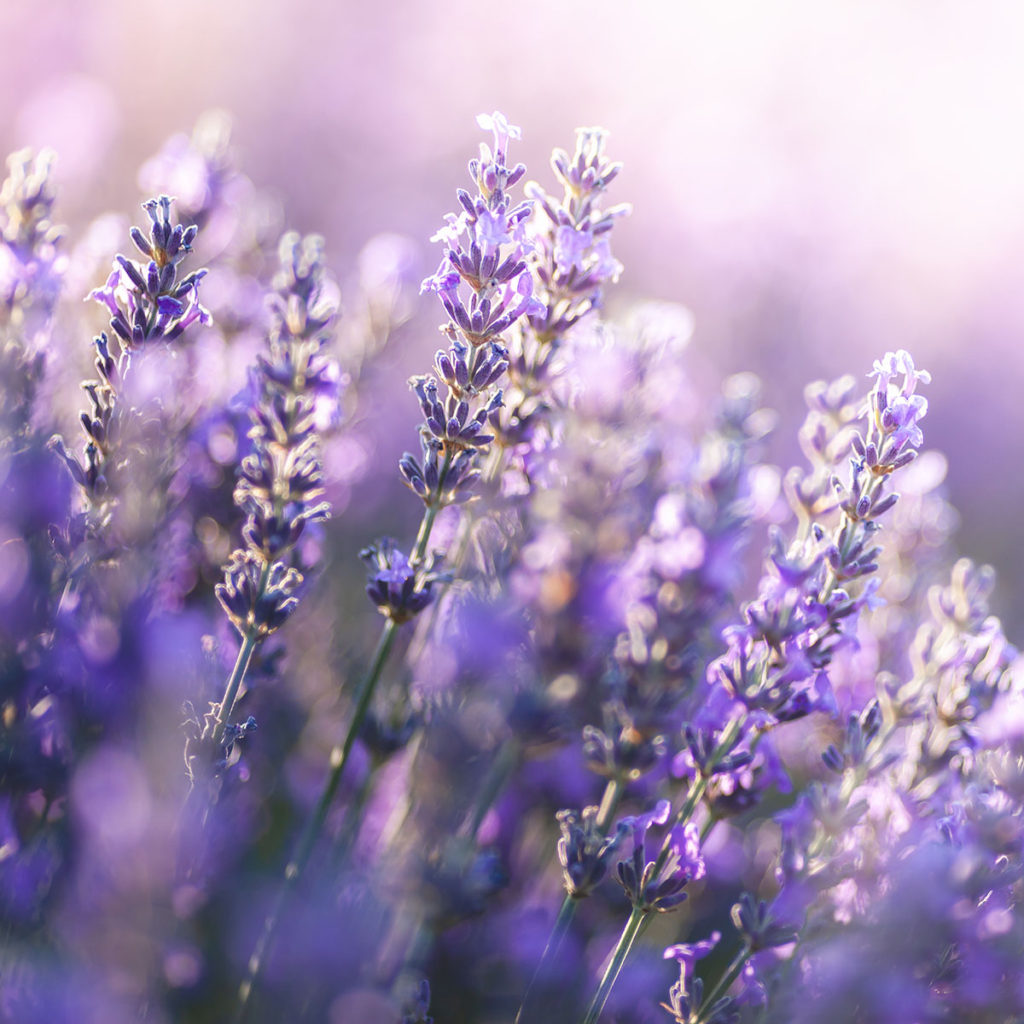Planting lavender in your garden can be a rewarding experience not to mention the fabulous aromatic scent filling the air. Here are a few tips on planting your lavender.
Lavender is basically a very easy plant to grow, and it has very little needs; it is virtually disease free, and is drought tolerant. Lavender is a plant that really does not want to be fussed over.
There are a few very simple rules to remember when planting your lavender. When first planting your lavender remember it is new and needs water to help it get started, just as any new plant does, but be careful not to over water your plant. Remember lavender is a drought tolerant plant, but will need regular watering for the first 3 months until it becomes acclimated to its new home. Do not water everyday. Check it every couple of days to see what it may need. Too much water will kill your plant. If you are not sure if you should water, reach down into the soil at the drip line and feel how the soil is. If it is really wet do not water. If it is lightly damp give it water to make it through the hot days without stressing it. Be sure to water your plant from below, like from a drip system. Watering overhead will eventually damage your lavender. When setting up your watering system design it so as to give the plant its own watering system. That means do not put it on the same drip system as your roses, trees or any other plant because they will inevitably need more water than your lavender. Lavender does not like for its roots to be kept wet or grown in soggy soil.
If your lavender flowers begin to hang their heads and droop, this does not necessarily mean they need water. This is how the plant deals with the heat. It is best to check your soil to determine if it needs water. If it is dry, then for sure you should give it a good shot of water.
Check your soil for clay. Clay in your soil is not good for lavender. It will hold water and is very sticky. This is deadly for lavender. If you have clay soil, try planting in a different area. If that is not possible you can amend the soil by adding a mixture of sandy loam soil and compost. For a one gallon plant, dig your hole to 24″ x 24″ and use your amended soil to plant the lavender. This is approximately how far your lavender roots will reach.
Good drainage is one of the most important parts of growing lavender. One way to check for this is to dig a hole where you want to plant, and fill it with water. Check it to see how long it takes for the water to drain. If it takes longer than 1/2 hour to drain through, you should amend the soil or consider planting somewhere else.
When planting, do not create wells to hold water, nor mounts to create an elevated look. Plant your lavender flat in the soil just as it comes from the pot.
Lavender does not need fertilizers, however we do add one handful of “yum Yum mix” (an organic fertilizer) to the planting material when the lavender is first planted. This will help it to get a good start and not stress in the transfer of the plant.
In the fall you will need to prune back your lavender plant. If you do this you will have a very happy plant and plant owner. By pruning it back it keeps it beautiful and compact. If you do not prune, your plant will split apart and grow leggy and not be very attractive.
Check back in the fall for the section on “Pruning your Lavender”
Have a happy lavender planting season, and be sure to check our events page for where you can find us and what is happening at the farm this season.
HAPPY LAVENDER DAYS and we will see you at the farm.
